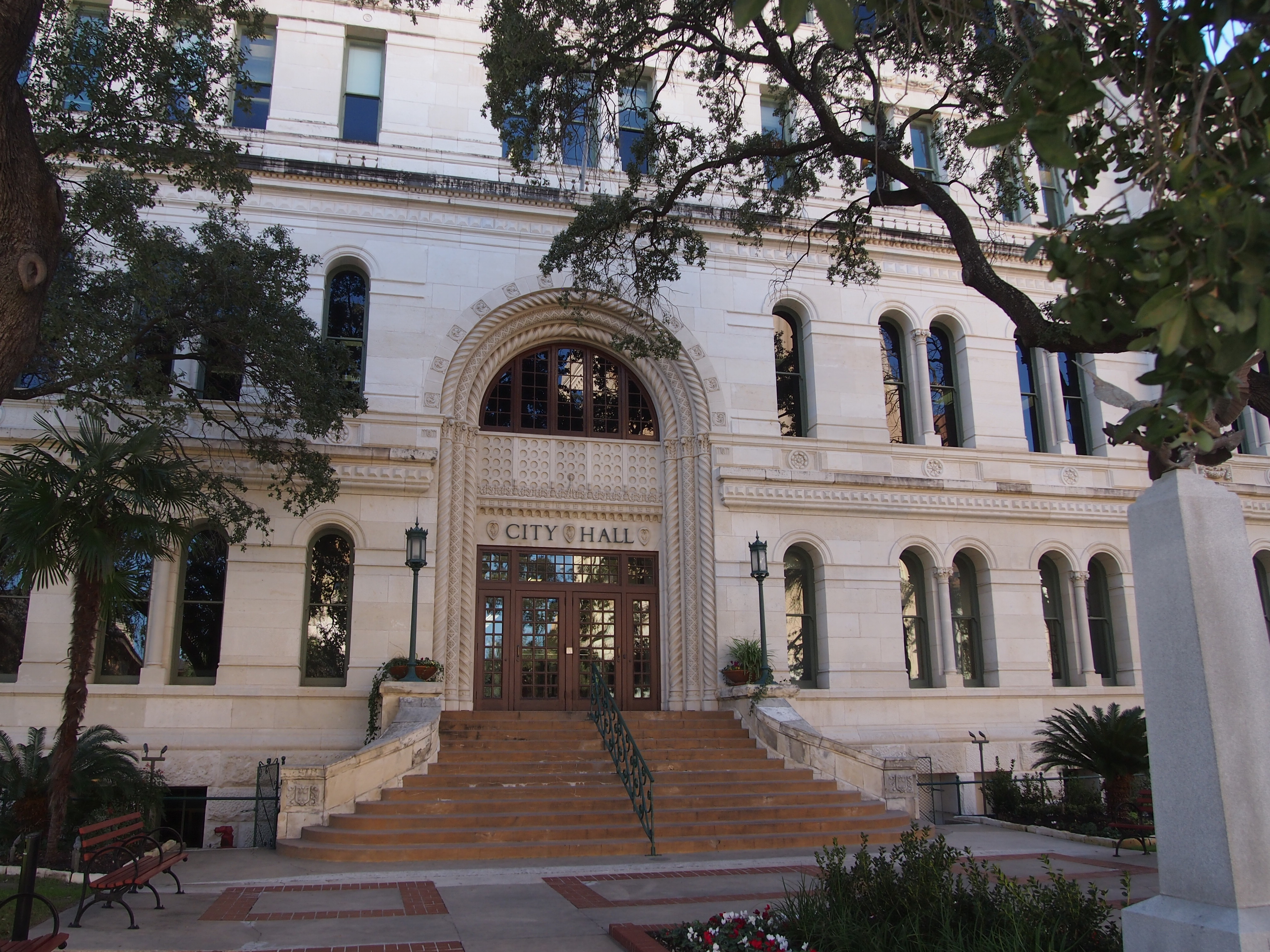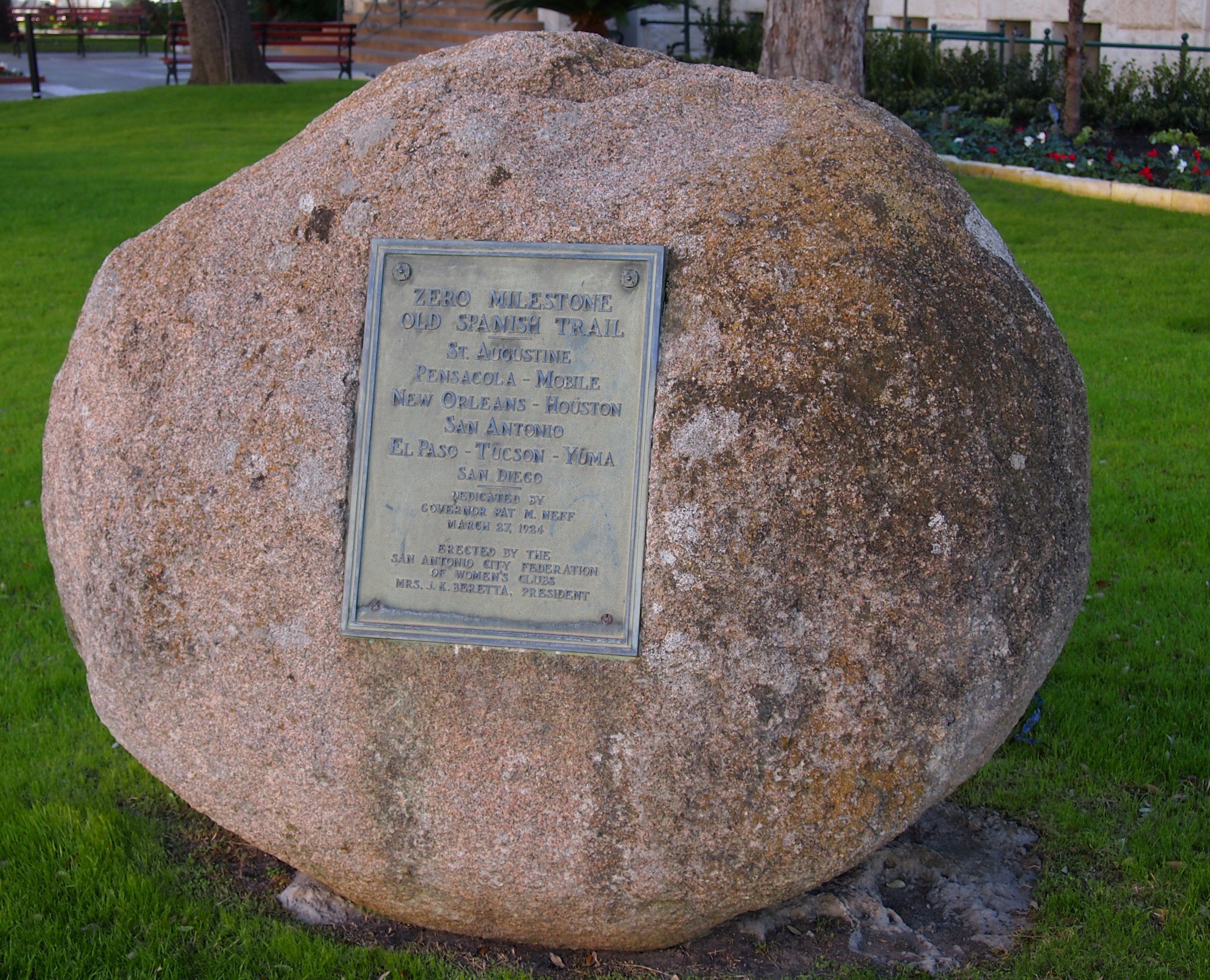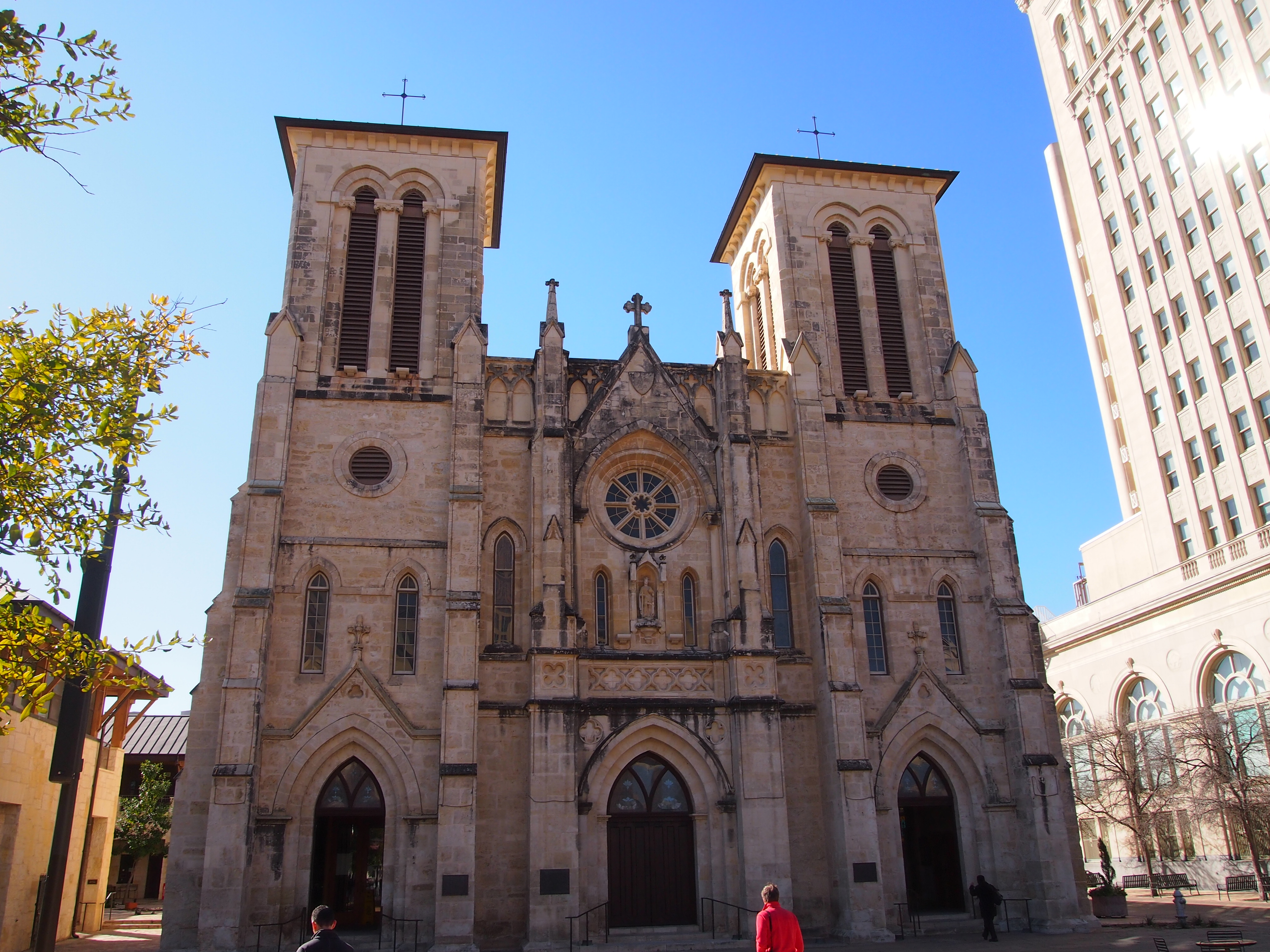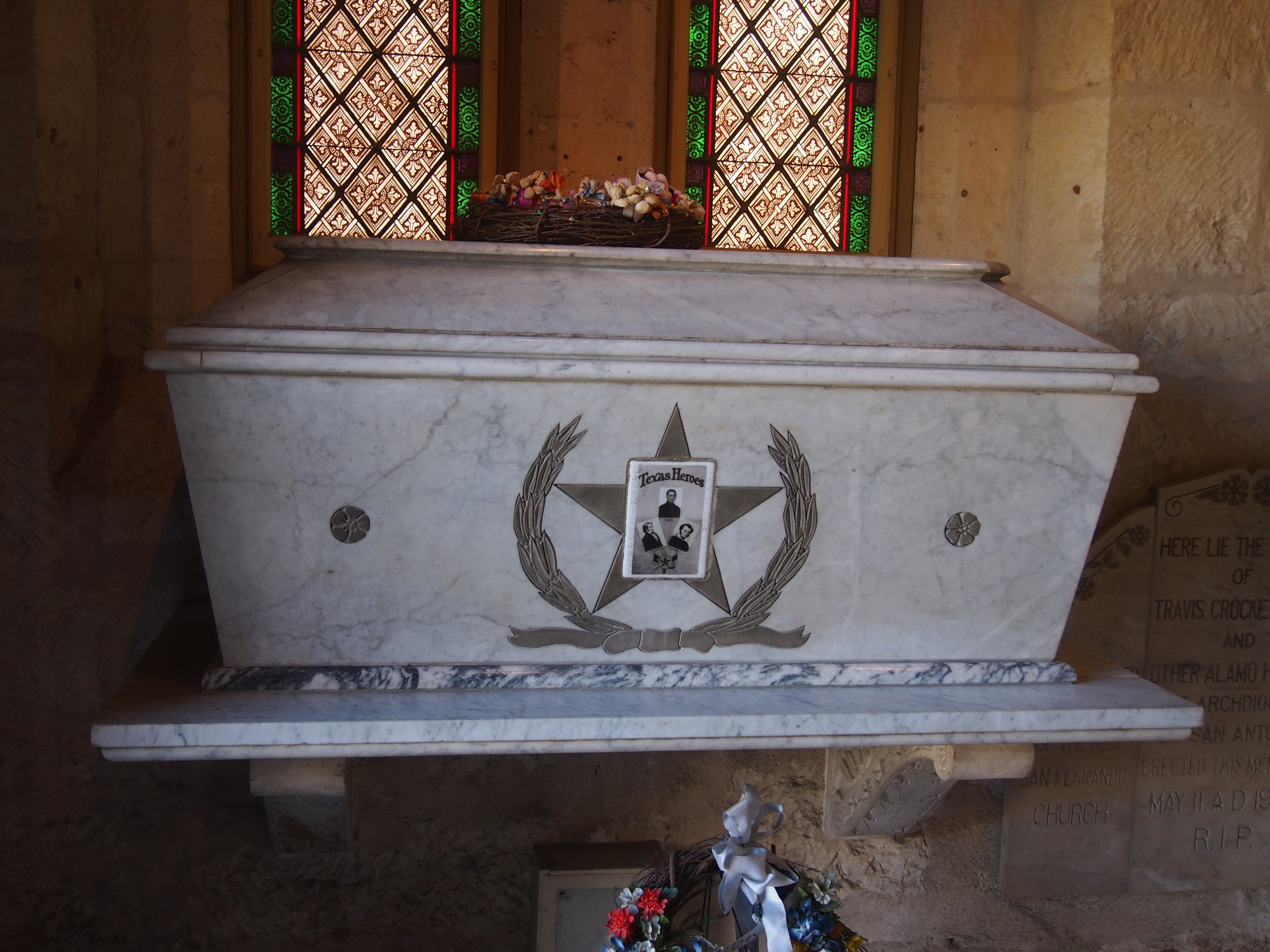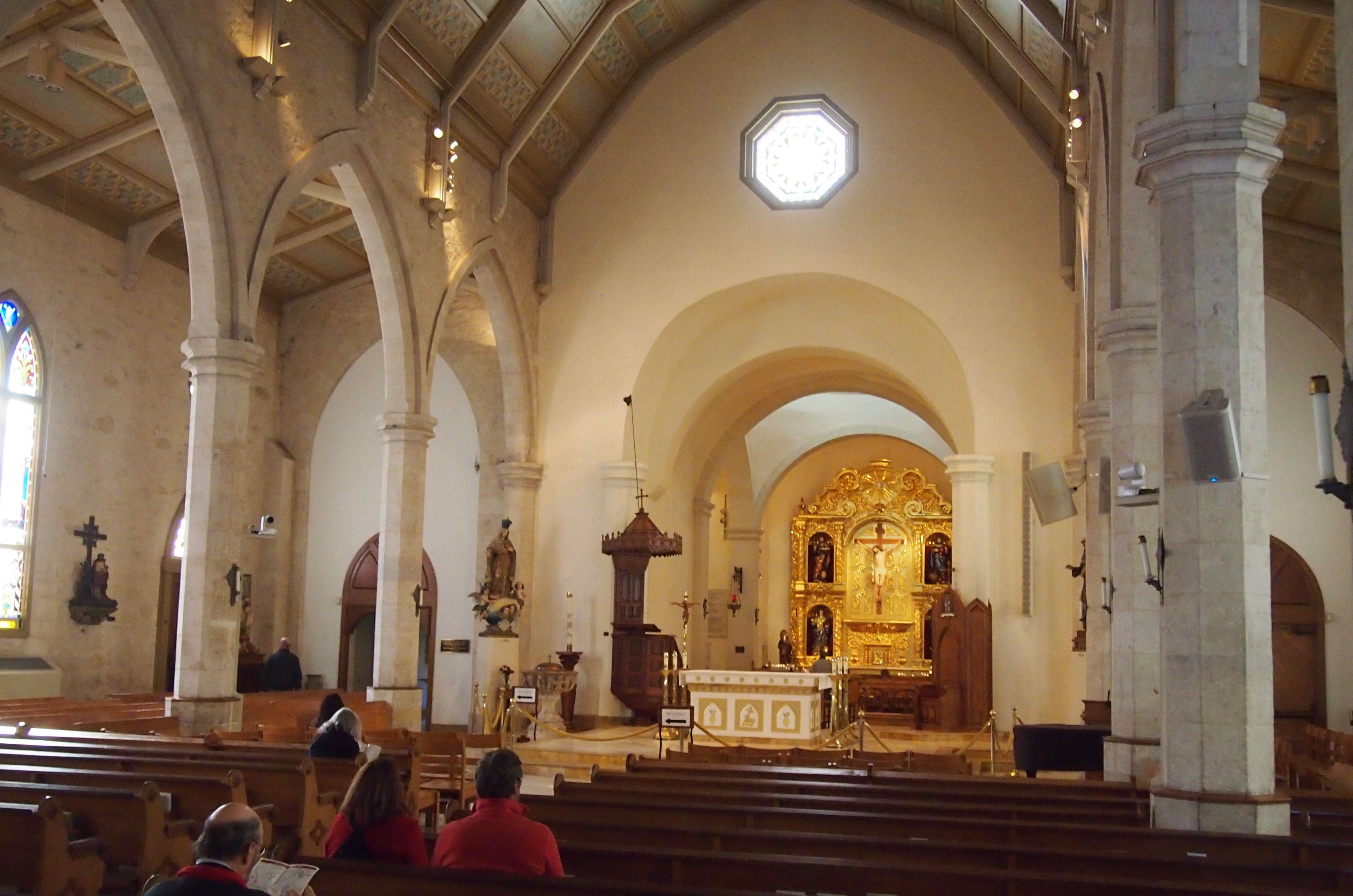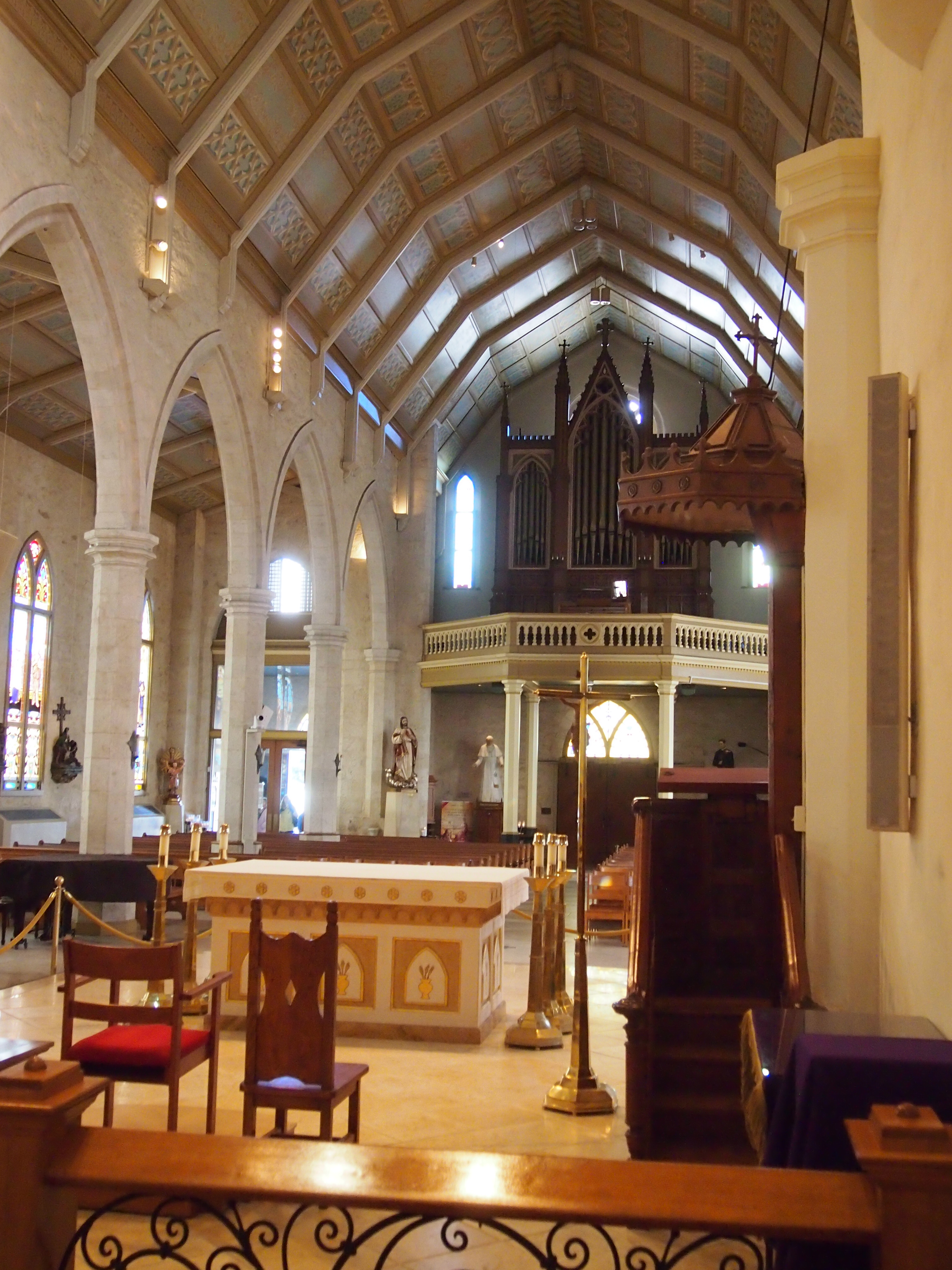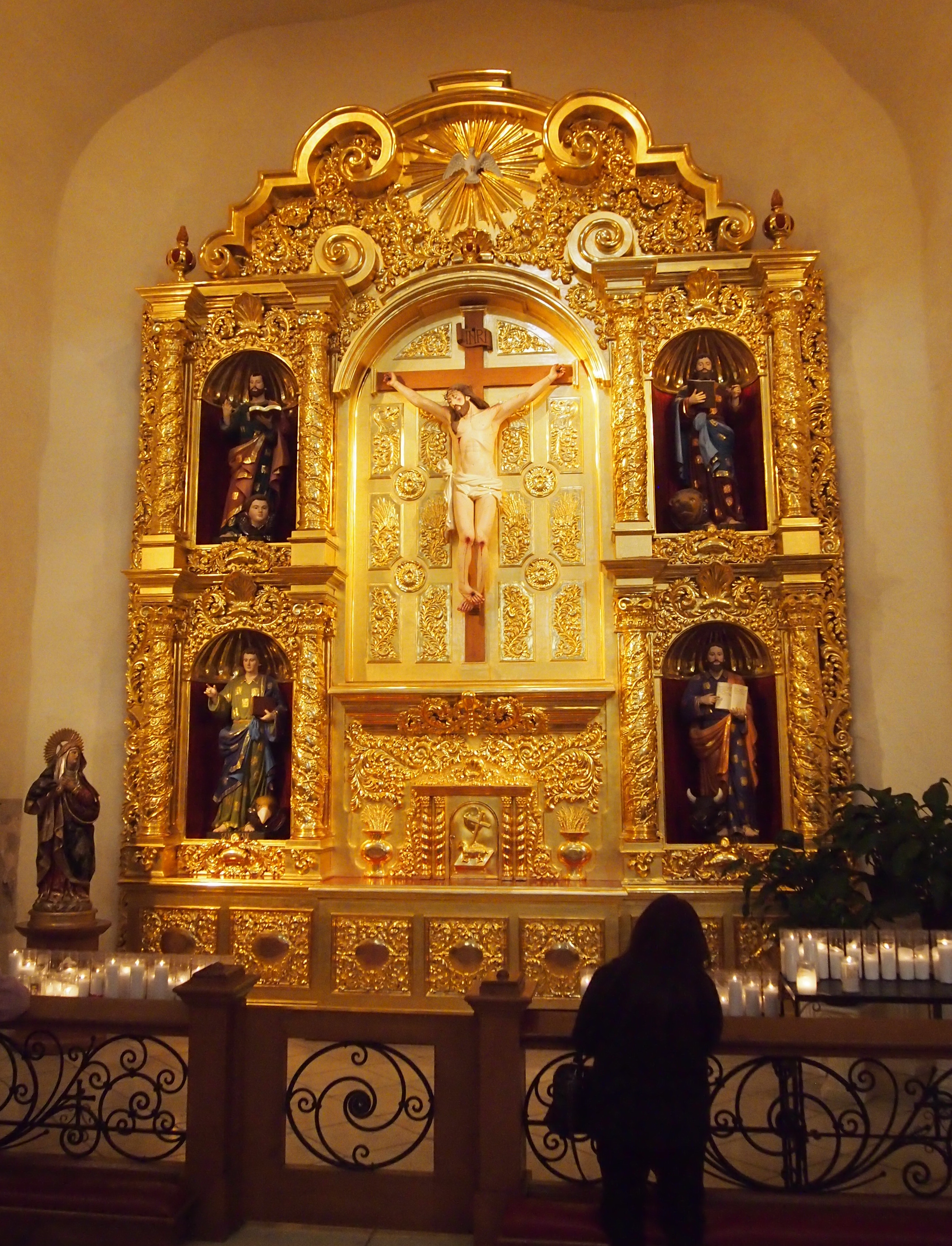Across Military Plaza (Plaza de Armas) from San Antonio City Hall is the Spanish Governor’s Palace. It too was a place I’d been before, maybe as long ago as the 1970s, so I dropped in for a revisit. It’s a well-done re-creation of the Spanish colonial period, including 10 rooms, some dating back to earlier centuries, others added in the 20th century.
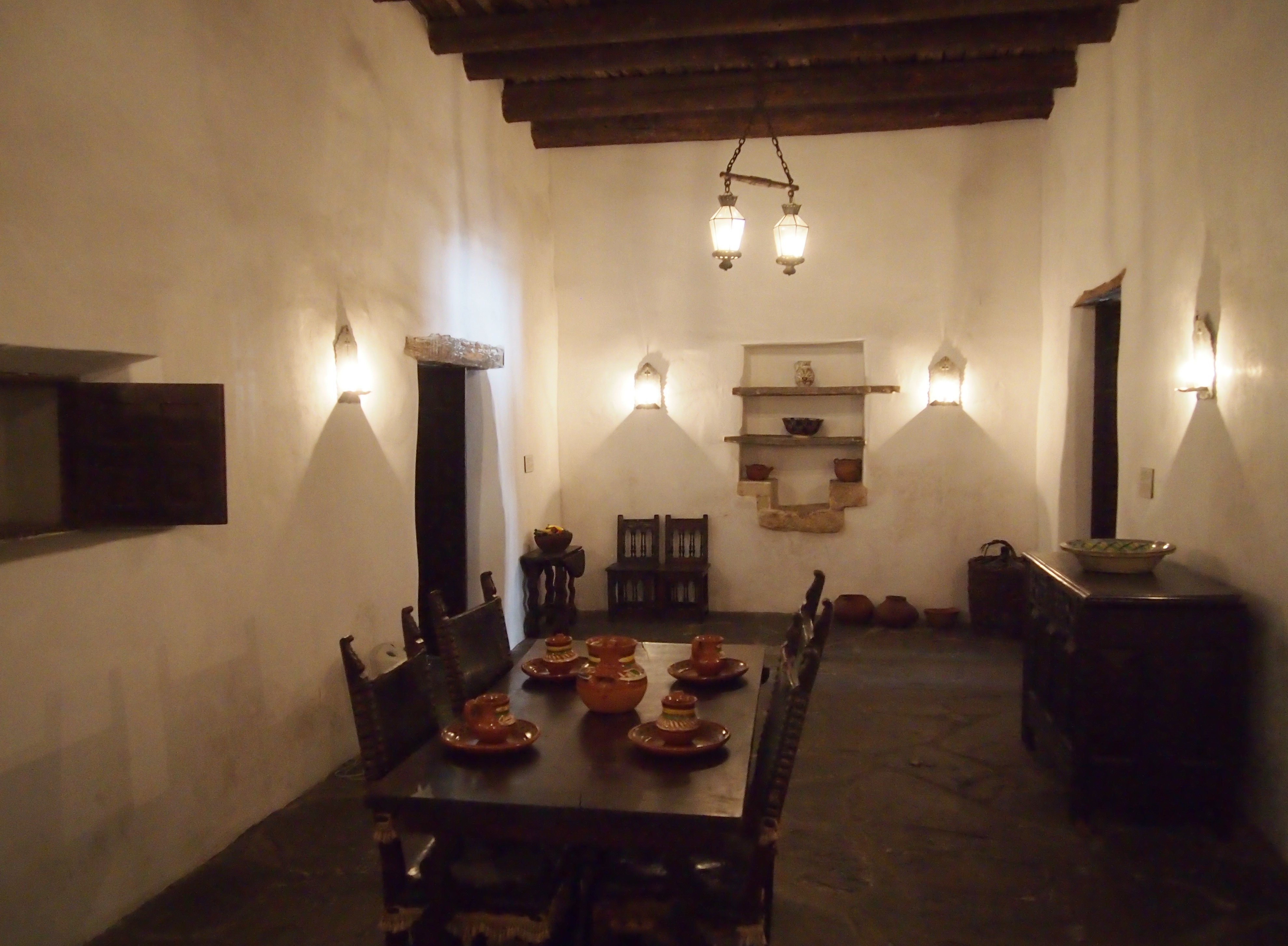
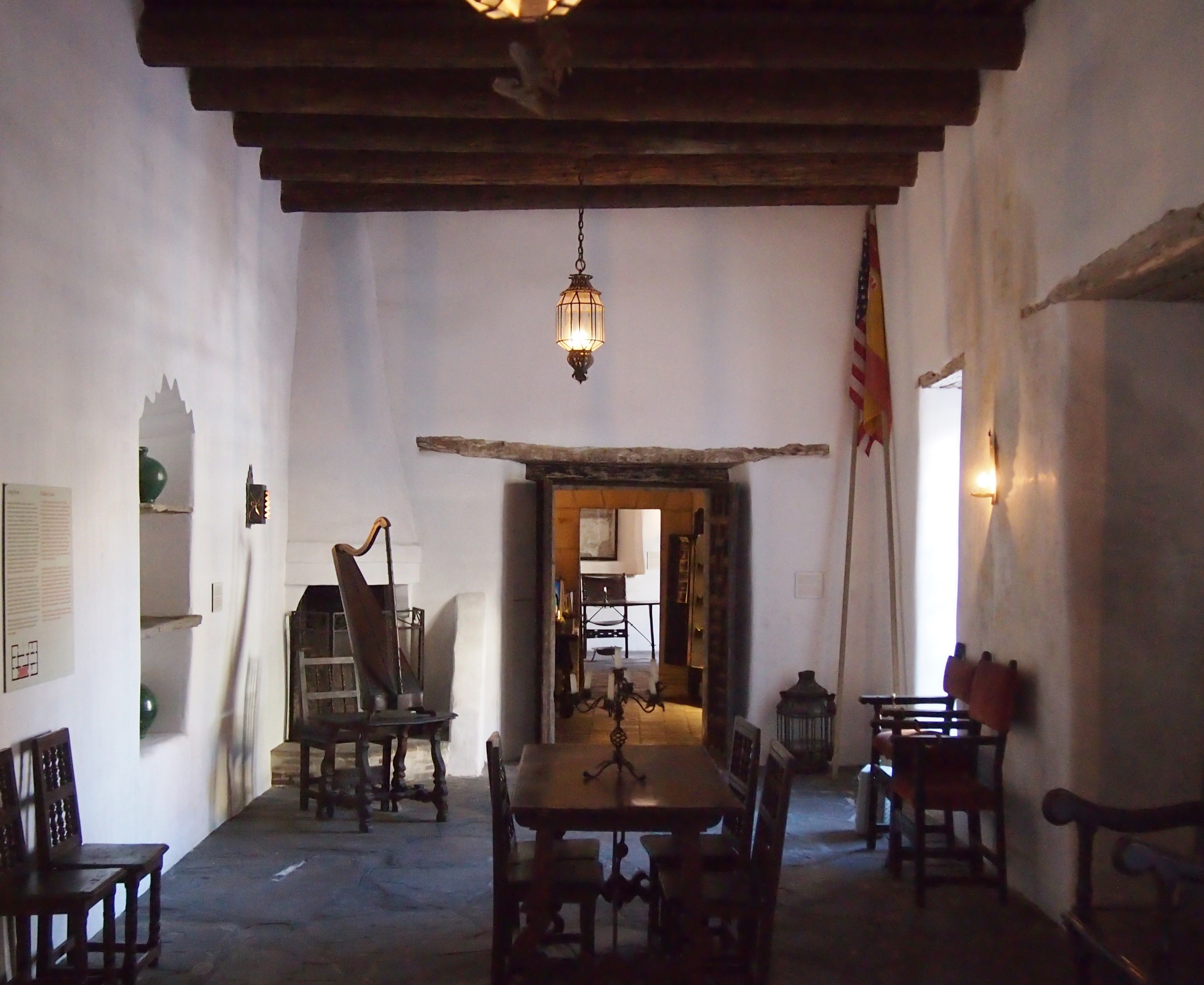 Once again, from that fount of all things Lone Star, the Texas State Historical Association: “The Spanish Governor’s Palace, at 105 Military Plaza in San Antonio, was constructed in 1749. The name, something of a misnomer, is traditional; the building was not the home of the Spanish governor but served as the residence and headquarters for the local presidio captain. [So the governor didn’t live there, and while very nicely restored, it isn’t a palace. At least it was Spanish. At first.] The one-story masonry structure is built in the Spanish Colonial style; in the rear is a large patio.”
Once again, from that fount of all things Lone Star, the Texas State Historical Association: “The Spanish Governor’s Palace, at 105 Military Plaza in San Antonio, was constructed in 1749. The name, something of a misnomer, is traditional; the building was not the home of the Spanish governor but served as the residence and headquarters for the local presidio captain. [So the governor didn’t live there, and while very nicely restored, it isn’t a palace. At least it was Spanish. At first.] The one-story masonry structure is built in the Spanish Colonial style; in the rear is a large patio.”
It’s a very pleasant spot on a warm day, this patio.
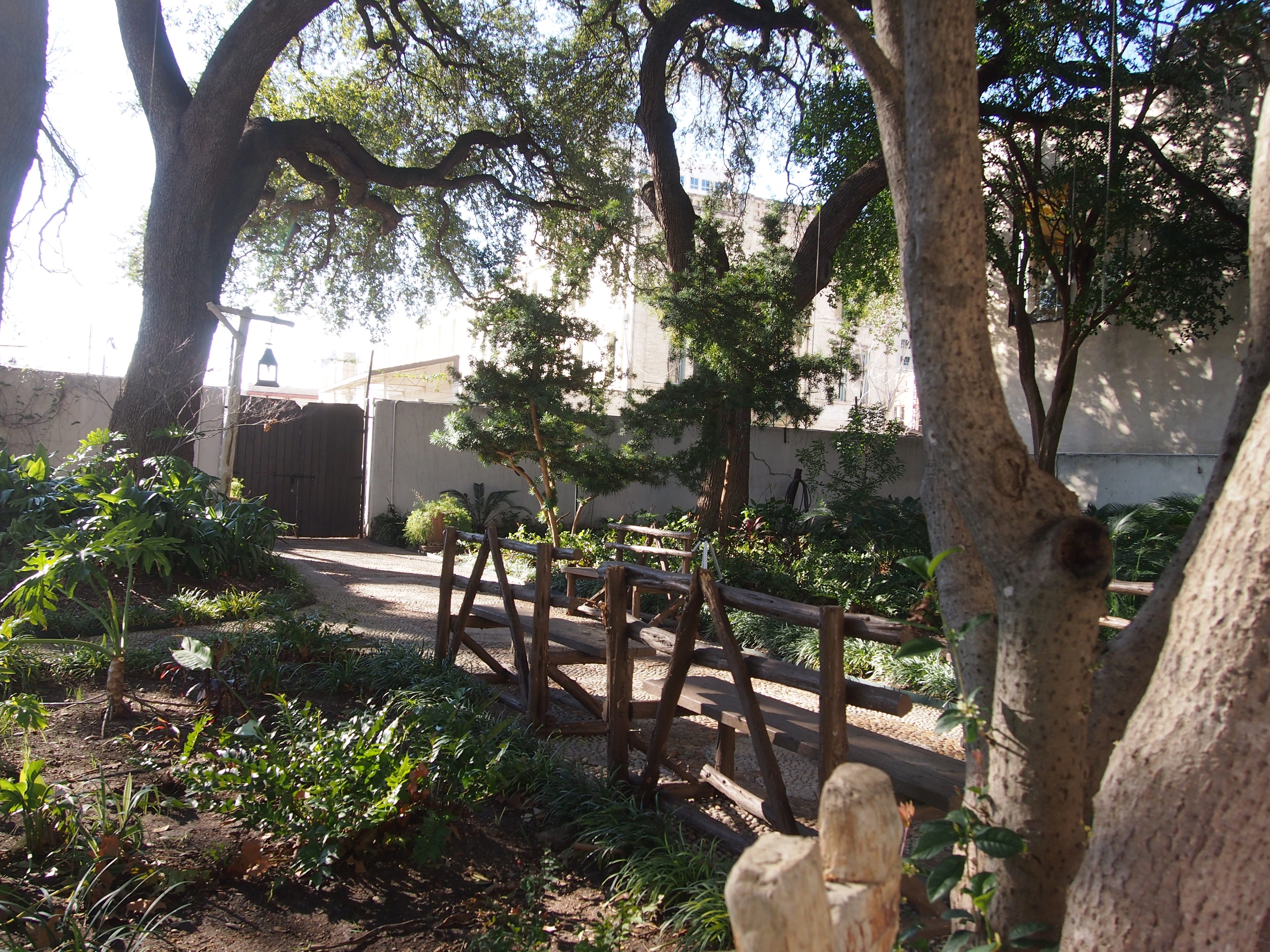
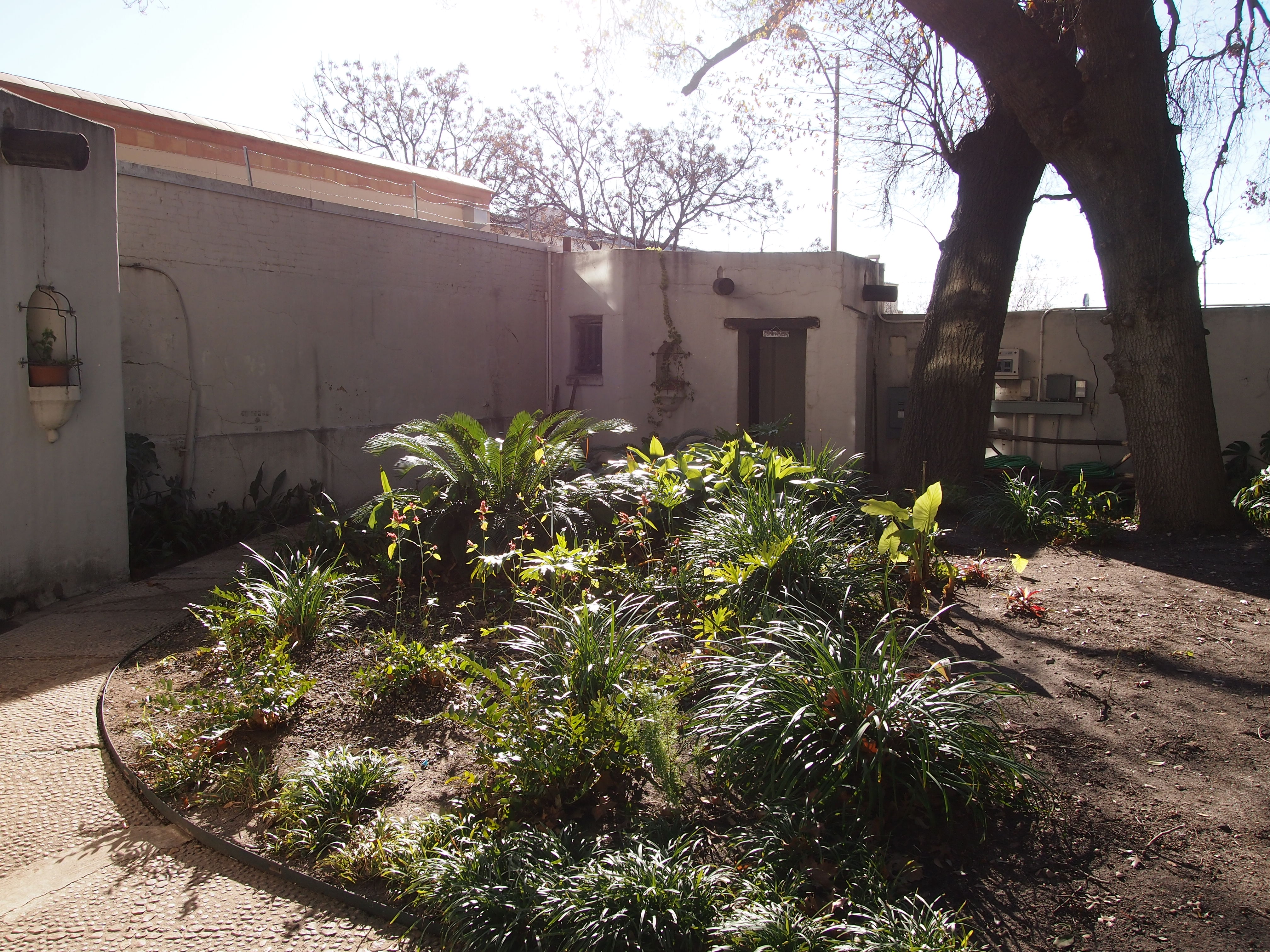 The association continues: “A keystone above the entrance bears the date of construction and the Hapsburg coat of arms. After the end of Spanish sovereignty, the building passed into private ownership. In the late 1860s it was purchased by E. Hermann Altgelt, founder of Comfort in Kendall County. He and his family lived there at various times, and the property was held by his widow, Emma Murck Altgelt, until the early 1900s. Then the building fell into a state of disrepair.
The association continues: “A keystone above the entrance bears the date of construction and the Hapsburg coat of arms. After the end of Spanish sovereignty, the building passed into private ownership. In the late 1860s it was purchased by E. Hermann Altgelt, founder of Comfort in Kendall County. He and his family lived there at various times, and the property was held by his widow, Emma Murck Altgelt, until the early 1900s. Then the building fell into a state of disrepair.
“In 1928, voters in San Antonio passed a bond issue for the purpose of purchasing and conserving the building, and in 1929–30 the building was restored under the supervision of architect Harvey P. Smith. Members of the San Antonio Conservation Society aided in restoring and furnishing the historic structure. In 1962, the building was registered as a recorded Texas historic landmark and is now a national historic landmark.”
 This gentleman makes an appearance in the building, at least pictorially, looking every bit the Spanish nobleman of the early 18th century. The sign next to him said: “Jose de Azlor, the second Marques de San Miguel de Aguayo, was born in Spain and came to Mexico in 1712, where he owned a large ranch in Coahuila. After being appointed governor of Coahuila y Texas, Aguayo visited the site for the Presidio San Antonio de Bejar and ordered that the fort be built at this location.” That was just one thing. He had a busy time as governor of Coahuila y Texas.
This gentleman makes an appearance in the building, at least pictorially, looking every bit the Spanish nobleman of the early 18th century. The sign next to him said: “Jose de Azlor, the second Marques de San Miguel de Aguayo, was born in Spain and came to Mexico in 1712, where he owned a large ranch in Coahuila. After being appointed governor of Coahuila y Texas, Aguayo visited the site for the Presidio San Antonio de Bejar and ordered that the fort be built at this location.” That was just one thing. He had a busy time as governor of Coahuila y Texas.
